10 GPTs for Productivity Tracking Powered by AI for Free of 2025
AI GPTs for Productivity Tracking are advanced tools leveraging Generative Pre-trained Transformers technology to optimize and enhance productivity management tasks. These tools are engineered to provide tailored solutions for monitoring, analyzing, and improving work efficiency. By harnessing natural language processing and machine learning capabilities, they offer precise insights and recommendations, making them indispensable in various productivity-oriented environments.
Top 10 GPTs for Productivity Tracking are: Nova Organizer,Reefwing Session Statistics,NAVI,DeProcrastinator,Time Tracker,Honeybee Hive Inspection Tracker and History,Productivity Pro,Life in Order,🔍 Workforce Efficiency Booster 🚀,🌟 CorpHealth Tracker Pro 🌟
Nova Organizer
Empowering Your Productivity with AI
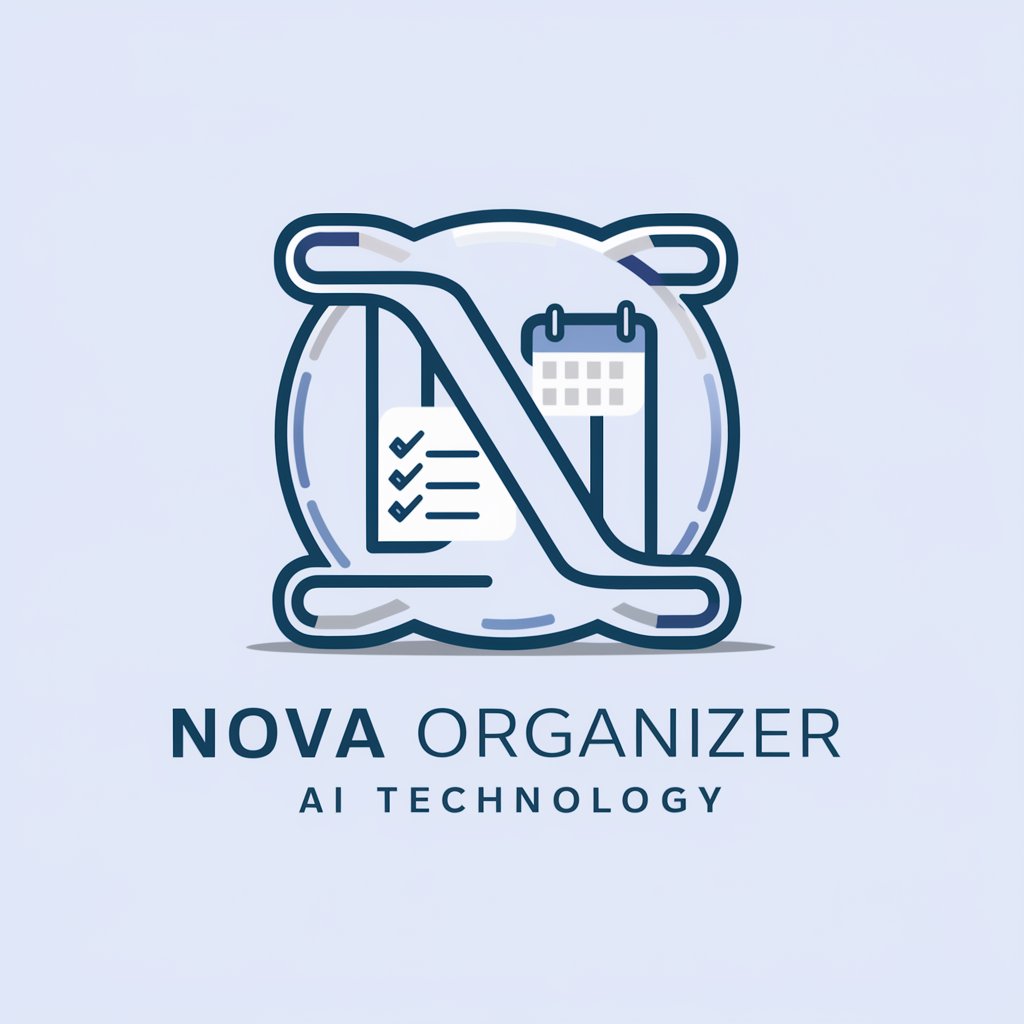
Reefwing Session Statistics
Optimize your ChatGPT sessions with AI-powered analytics.
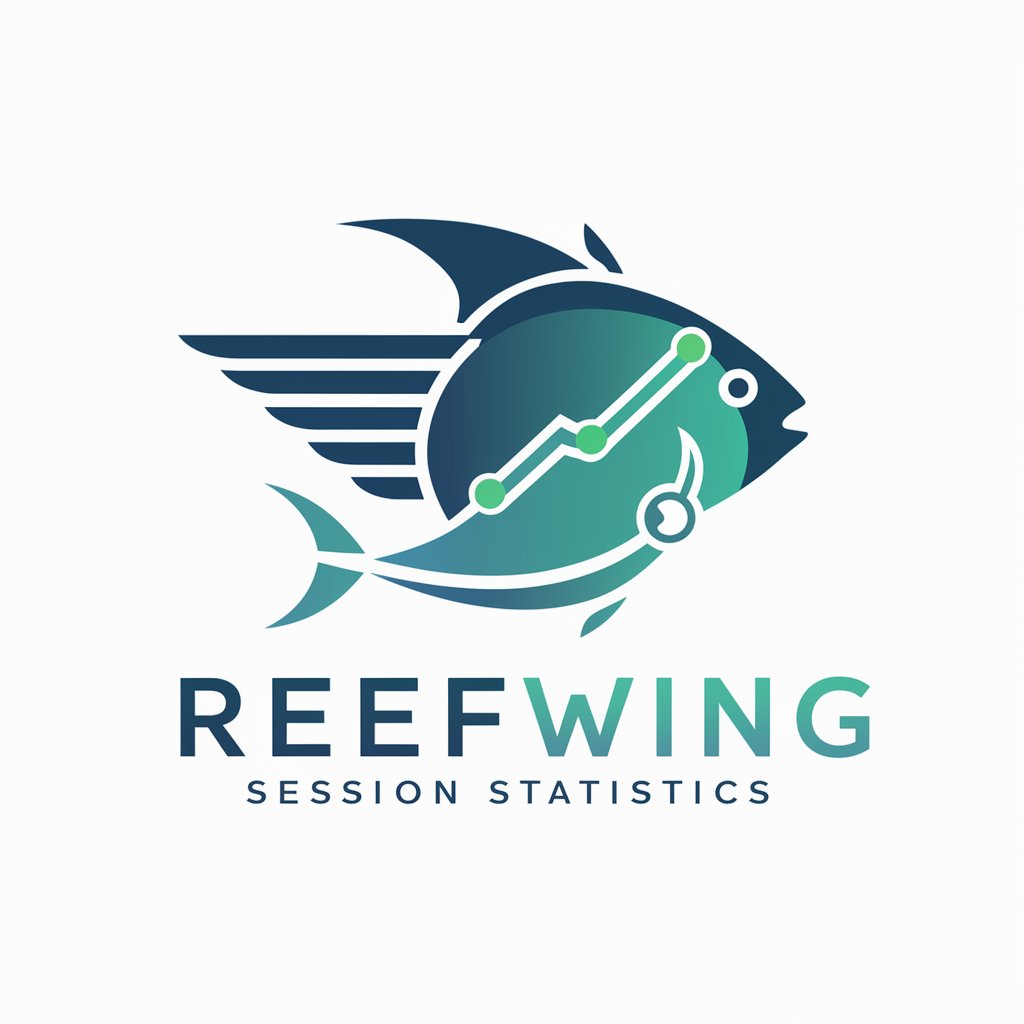
NAVI
Empower Your Goals with AI
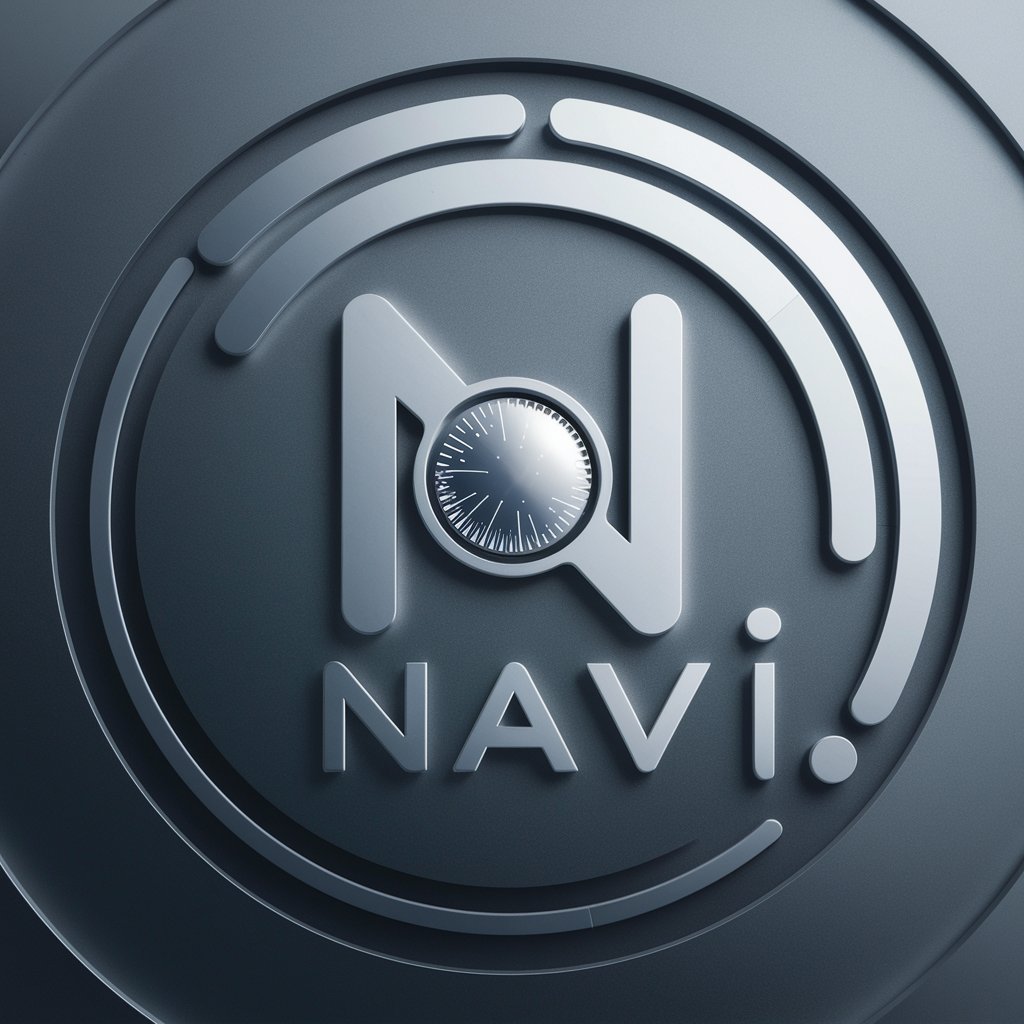
DeProcrastinator
AI-powered path to your goals

Time Tracker
Harness time, boost productivity with AI

Honeybee Hive Inspection Tracker and History
AI-powered hive health and productivity insights.

Productivity Pro
Boosting Efficiency with AI Power
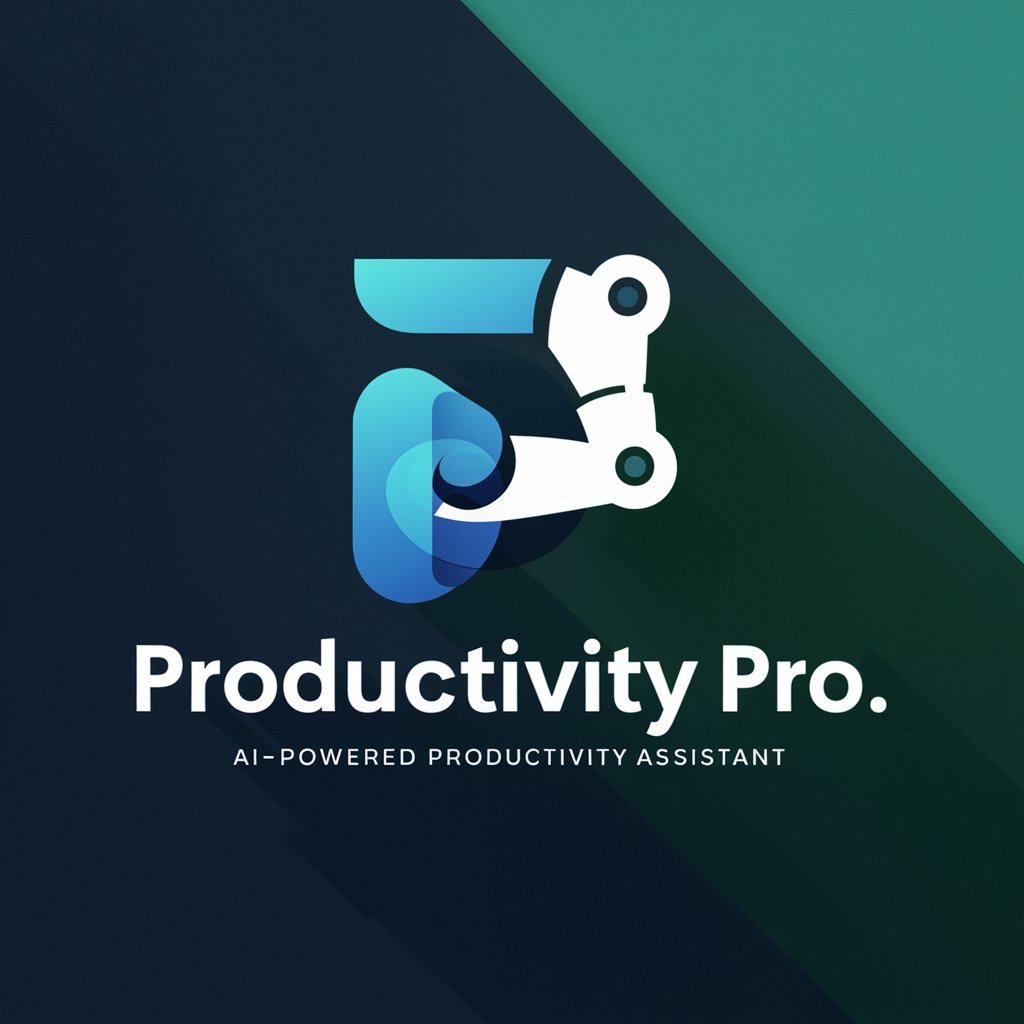
Life in Order
Smart Scheduling, Smarter Studying
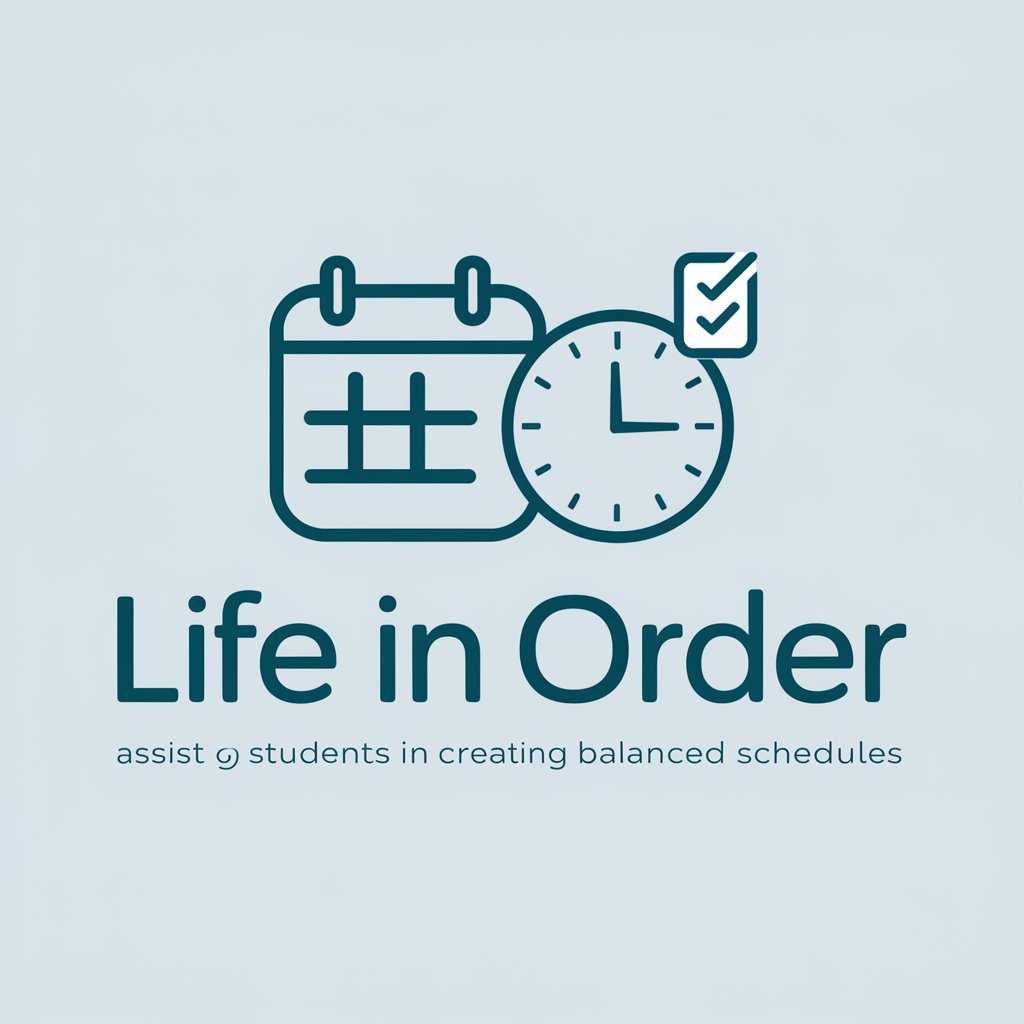
🔍 Workforce Efficiency Booster 🚀
Enhance Efficiency with AI
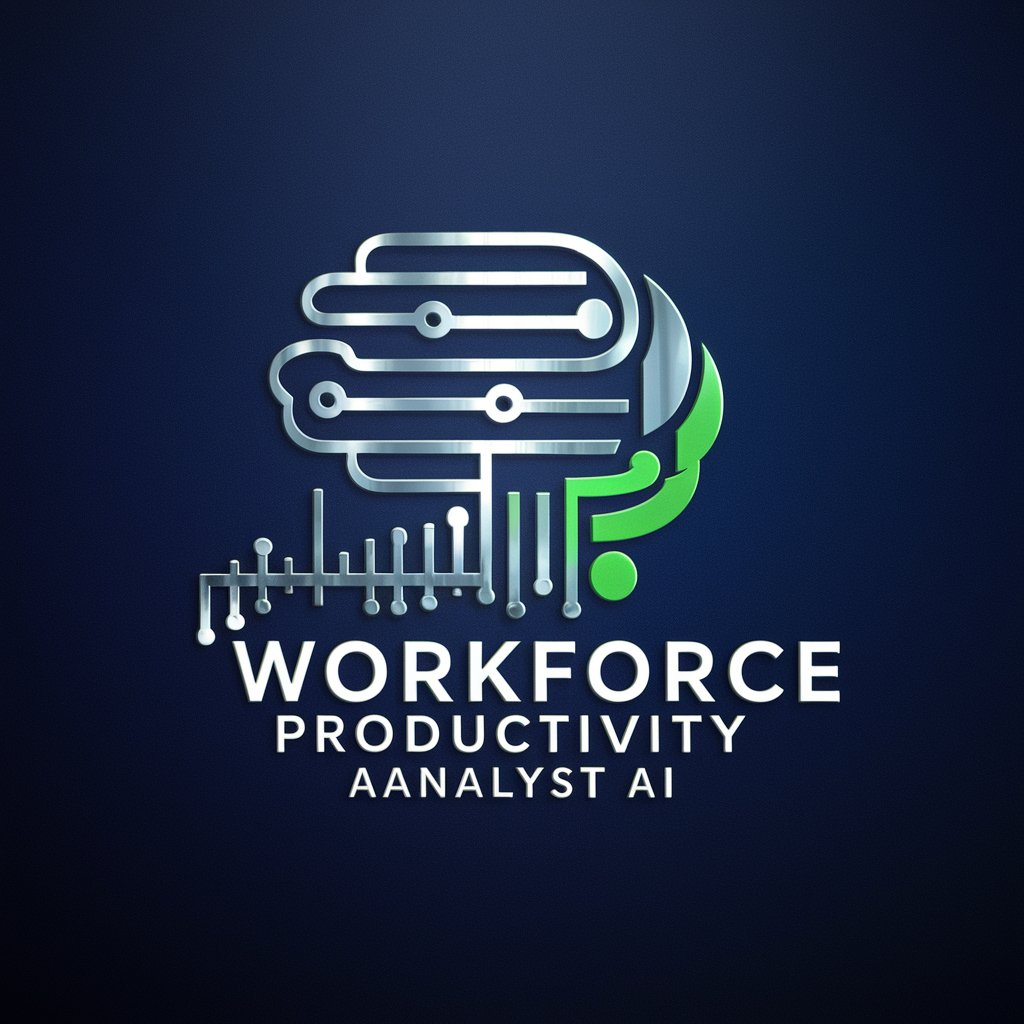
🌟 CorpHealth Tracker Pro 🌟
Empowering Organizations with AI Insights
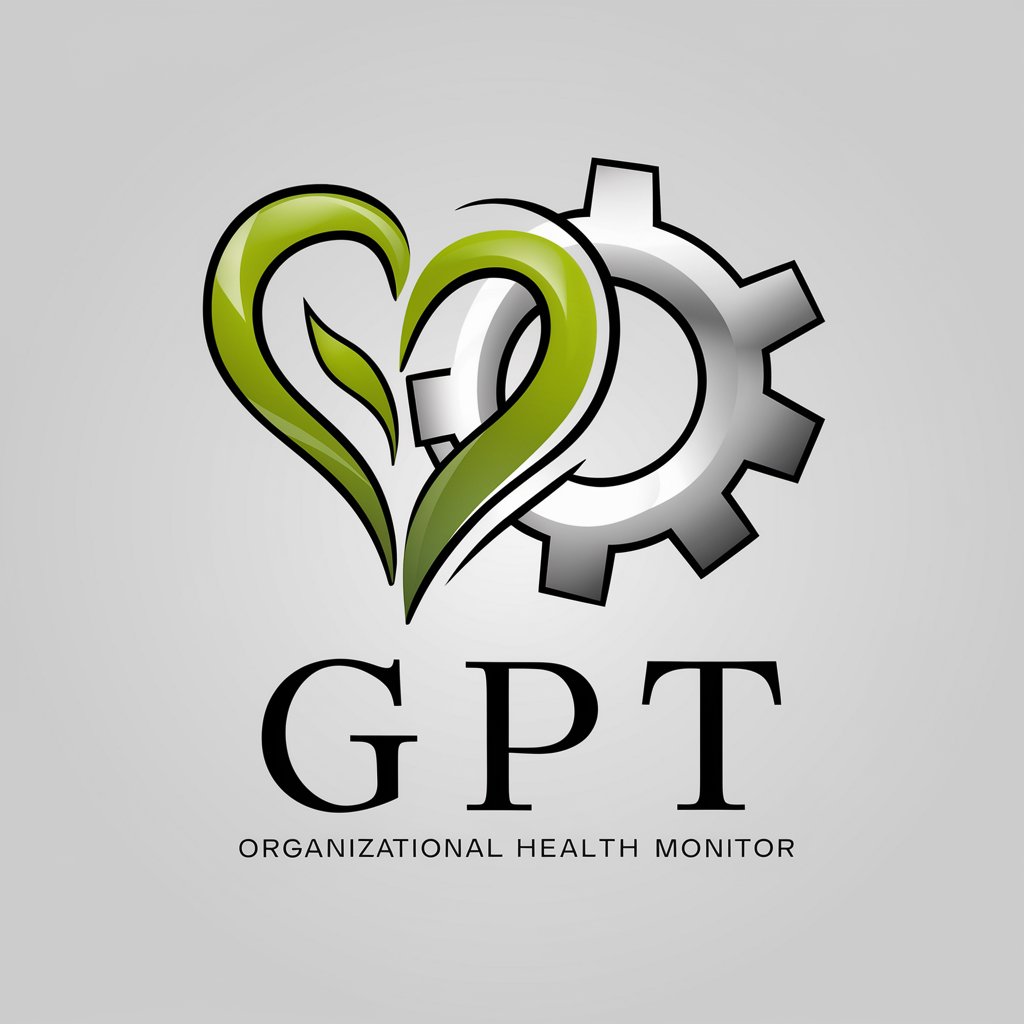
Key Attributes and Functions
The core features of AI GPTs for Productivity Tracking include advanced task recognition, personalized productivity insights, real-time progress tracking, and adaptive learning algorithms. These tools can interpret complex data, provide actionable feedback, and support a range of productivity tasks from simple to-do lists to complex project management. Special features may encompass language learning, technical support, comprehensive web searching, sophisticated image creation, and in-depth data analysis, further enhancing their adaptability and effectiveness in productivity tracking.
Who Benefits from AI GPTs in Productivity
AI GPTs for Productivity Tracking are designed for a wide audience, including novices seeking to improve their personal efficiency, professionals aiming to optimize workflow, and developers looking for customizable productivity solutions. These tools are accessible to users without programming knowledge, offering intuitive interfaces and guided support, while also providing extensive customization options for those with technical expertise.
Try Our other AI GPTs tools for Free
Weekly Reflection
Discover how AI GPT tools for Weekly Reflection can transform your personal and professional growth with tailored insights, easy integration, and user-friendly features.
Goal Clarification
Discover how AI GPTs for Goal Clarification can transform your approach to setting and achieving objectives, making goal planning intuitive, personalized, and efficient.
Humorous Creativity
Discover AI tools powered by GPT for infusing your content with the perfect touch of humor. Tailor-made for creators and marketers, these tools simplify adding laughs to your work.
Wetsuit Analysis
Discover how AI GPTs for Wetsuit Analysis revolutionize wetsuit selection and optimization, offering personalized insights for users, manufacturers, and retailers.
Pricing Guidance
Discover how AI GPTs transform pricing strategies with real-time analytics, competitor insights, and tailored recommendations for competitive pricing.
Yield Improvement
Explore AI GPTs for Yield Improvement: Transform your productivity with AI-driven insights and optimizations tailored for enhanced operational efficiency.
Further Perspectives on AI GPTs and Productivity
AI GPTs for Productivity Tracking not only provide personalized and efficient productivity solutions but also introduce a new paradigm in how tasks and projects are managed across different sectors. Their user-friendly interfaces and integration capabilities make them a versatile option for enhancing workflow, with ongoing developments promising even greater adaptability and insight into productivity optimization.
Frequently Asked Questions
What exactly are AI GPTs for Productivity Tracking?
AI GPTs for Productivity Tracking are artificial intelligence tools that utilize Generative Pre-trained Transformer technology to assist in monitoring and enhancing productivity and work efficiency.
How do these tools enhance productivity?
They provide personalized insights, automate task tracking, and offer recommendations to improve work processes and time management based on data analysis and machine learning.
Can non-technical users benefit from these tools?
Yes, these tools are designed with user-friendly interfaces that require no coding knowledge, making them accessible to non-technical users.
Are there customization options for developers?
Absolutely, developers can leverage APIs and coding interfaces to tailor the tools to specific needs or integrate them into existing systems.
Do these tools support team collaboration?
Yes, many AI GPTs for Productivity Tracking include features that facilitate team collaboration, project management, and shared task tracking.
How do these tools adapt to individual user needs?
Through machine learning algorithms and user interaction data, the tools learn and adapt to the individual's work habits and preferences, offering increasingly personalized suggestions over time.
Can these tools integrate with existing productivity software?
Many AI GPTs are designed to be compatible with popular productivity software, allowing for seamless integration and data sharing.
What are the privacy implications of using AI GPTs for Productivity Tracking?
User data privacy is a priority, with many tools offering robust encryption and privacy settings to control data sharing and storage.